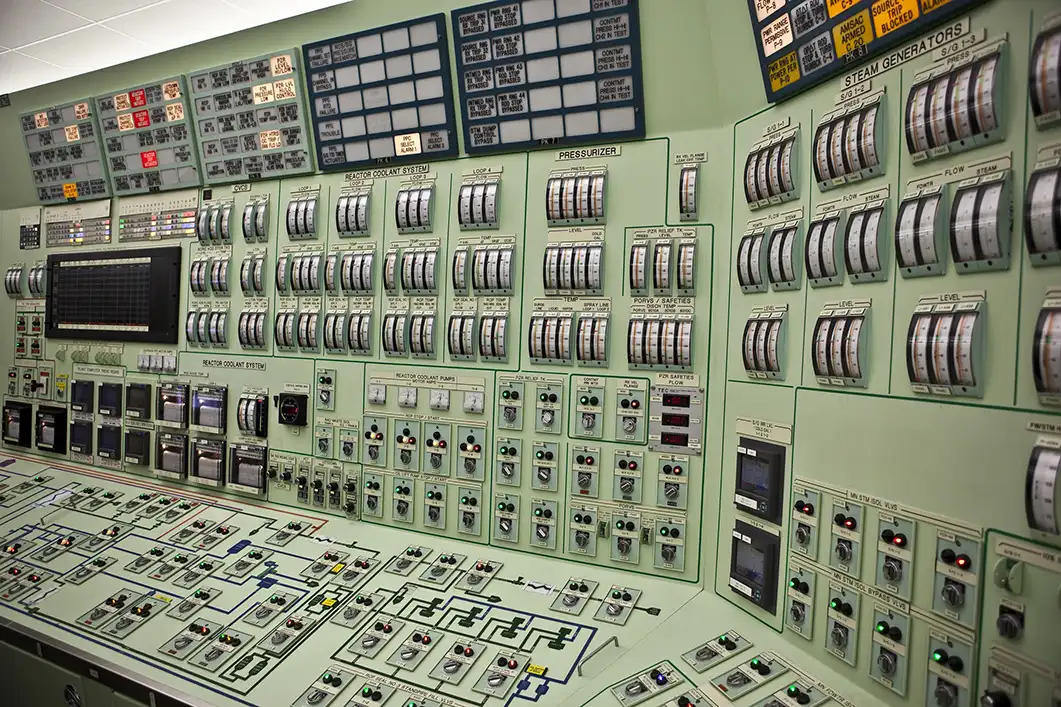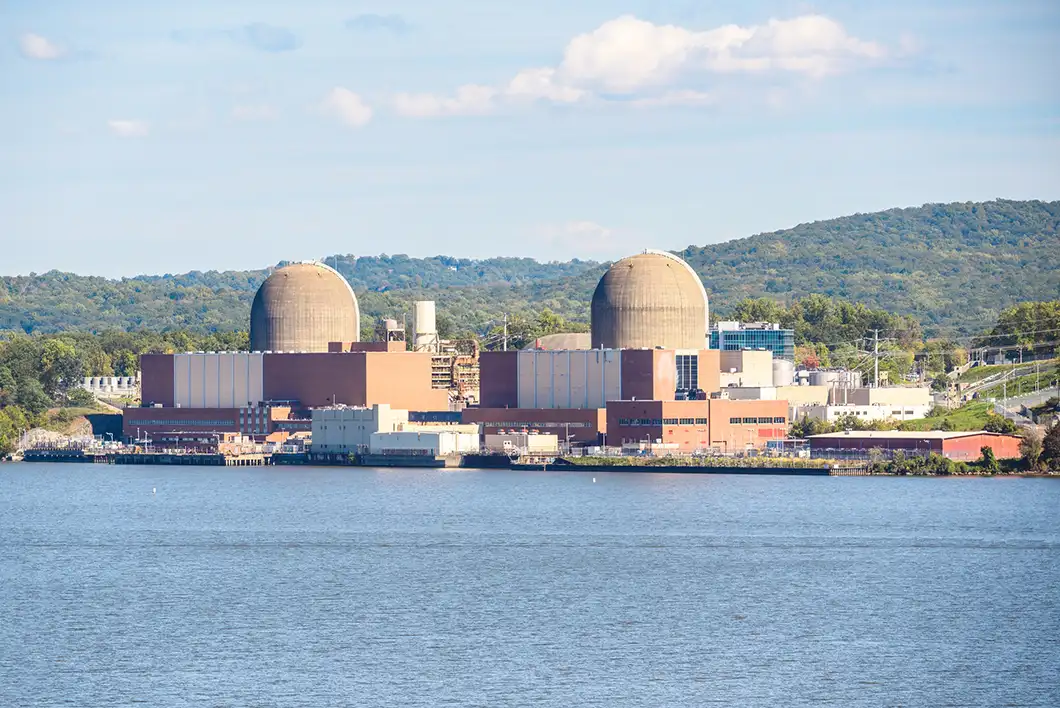Editor’s note: This guest blog post was written by Don Hanlon, technology products manager, in conjunction with Preparedness Month that occurs every September. ORAU is focused on offering experience and capabilities in preparedness planning.
Nuclear power plants are intentional to routinely exercise, or test, their emergency plans and protocol to ensure optimal preparedness in the event of an accident or incident. So, what does an emergency exercise look like at a nuclear power plant? In a word, realistic. Very realistic.
Every nuclear plant in the United States has an off-site building, usually within a mile, that contains an exact replica of the plant’s control room, down to the last switch and dial. This facility is commonly referred to as “the simulator,” and it is used daily to train nuclear operators, who must pass a week of training every four to six weeks to requalify for their jobs. The simulator is also used for drills and exercises, designed to perfectly mimic any situation that can occur in the actual control room. That means if the exercise scenario requires the participants to deal with an earthquake, you will hear the rumble of the earthquake in the simulator. Warning lights begin flashing and multiple alarms sound, indicating that plant conditions are no longer normal. At that point, you’d expect the professionals in the simulator to spring into a frenzy. Not so. Instead, they calmly walk to their stations, begin assessing the situation, and prepare to report to the emergency director. This cool-headedness can only come from regular exercises and preparedness activities. ORAU’s Exercise Builder Nuclear application can help the nuclear power industry in achieving this level of preparedness.

Every nuclear power plant has an Emergency Preparedness (EP) department that anticipates potential disaster scenarios and uses them in exercises. ORAU’s Exercise Builder Nuclear (EBN) application is designed to facilitate these exercises from start to finish. Launched in 2013, EBN is used by 42 of the 55 operating nuclear power plants in the U.S. It allows exercise planners to use tools and a data library to quickly construct an exercise.
If the event is a full-scale exercise, the realistic approach extends throughout the entire plant and beyond. Repair crews may be dispatched to the far side of the plant with all the equipment they need to fix a broken pipe. Firefighters may race to an imaginary fire. Field monitoring teams may go to locations outside the plant to assess radiation levels. If the exercise calls for a secondary scenario such as a forklift accident, you will likely find a forklift actually lying on its side with a driver pretending to be trapped underneath, covered in (fake) blood. For each exercise, planners can record the objectives, participants, goals, assessment items, the main scenario/secondary scenarios, timeline and ad hoc content such as meteorological data, radiological readings, plant maps, controller instructions and more. Once all the exercise data is compiled, planners take advantage of a broad array of reporting tools to create planning documents such as exercise situation manuals and controller guides.

Nuclear power station in Buchanan, NY
After an exercise has been conducted, teams of planners, controllers and evaluators meet to use EBN’s extensive evaluation tools to record the assessment results, observations and scores. This data, too, can be compiled into various reports to be turned into managers and regulators.
Typically, there are more than 50 exercise controllers and evaluators who gather to share observations and critiques. Egos are not allowed in the room. Strengths and weaknesses are identified. A lesson learned was discovered at one such exercise when repair crews needed a specialized tool to complete a repair. When they arrived at the equipment room, they found that the equipment manager had followed protocol and locked up the equipment room before seeking his own shelter. The crew pretended to break the lock to get the tool they needed, and the protocol was modified to avoid a real broken lock in the future.
With examples like this and many others, EBN has had a significant impact, with the required time for some tasks dropping from days to minutes. Clients appreciate how EBN lends itself to improved efficiency, standardization of approach and greater consistency across nuclear fleets.

A few years after the launch of Exercise Builder Nuclear, our clients began to recognize that the data EBN contains was maturing enough to help them respond to requirements of the U.S. Nuclear Regulatory Commission (NRC). Across an eight-year cycle, plants are required to report the frequency and success of certain types of drills and exercises, as well as other data elements such as objectives, emergency initiating conditions and team performance. In addition, the NRC requires the tracking of performance indicator data over a two-year cycle, including exercise participation of people in key positions and accuracy of exercise performance. EBN supports clients with several pages that display this data in easy-to-read formats, along with reports that can be submitted directly to the NRC.
In fact, the EBN application has become an integral part of the preparedness programs at most nuclear power plants across the country. Many of these plants are renewing their EBN licenses into the 2050s and 2060s. These exercises are very realistic because there is always a possibility of an unexpected event. ORAU is helping nuclear emergency preparedness experts work effectively to protect the public and our environment from a nuclear disaster.